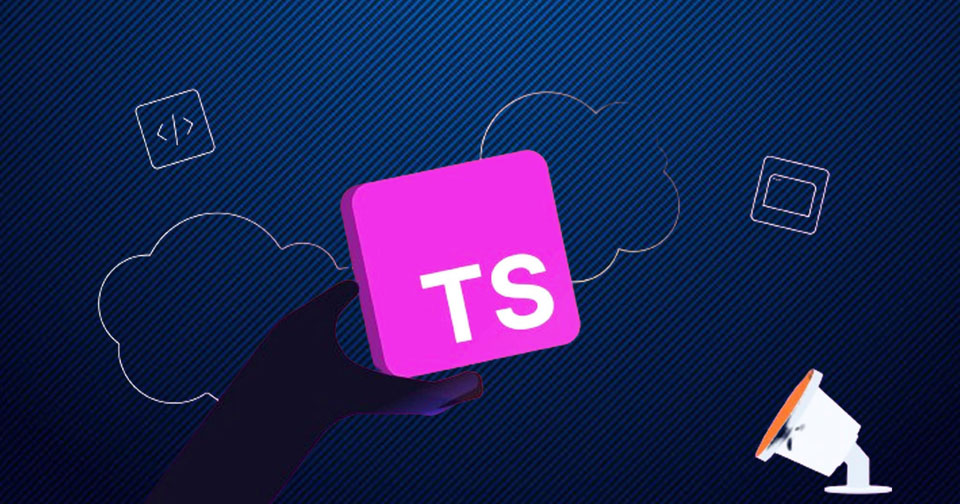Beginner's Guide to Nextjs 13 with TypeScript Tutorial
 Sumeet Shroff
Sumeet Shroff
The Ultimate Guide to Next.js: Creating an Exceptional Dashboard
In the world of web development, the name Next.js has become synonymous with efficiency, scalability, and the ability to create a robust, server-rendered React application. This versatile JavaScript framework offers developers an array of features that streamline the process of building and deploying high-performing web applications.
In today's digital landscape, where user experience is paramount, Next.js comes forward as an intuitive solution for developers seeking to engineer interactive and dynamic web pages. One such instance where Next.js truly shines is in the creation of beautiful dashboards. This step-by-step tutorial will guide you on how to harness the power of Next.js to create a visually appealing, user-friendly dashboard.
Getting Started with Next.js
Before we delve into the actual implementation, it's essential to understand what Next.js brings to the table. As a top-tier JavaScript framework, Next.js is built on top of React.js. It allows developers to render their applications on the server-side, eliminating the performance bottlenecks associated with traditional client-side rendering.
One of the key advantages of Next.js is its automatic code-splitting feature. This means that each page only loads what's necessary, significantly enhancing your application's performance. Additionally, with the in-built static site generation feature, you can pre-render pages at build time, further adding to the speed and performance.
Next.js is a powerful and flexible framework for building web applications, especially if you are familiar with React. Here’s a quick guide to help you get started:
1. Setting Up Your Environment
Before you begin, ensure you have Node.js installed. You can download it from nodejs.org.
2. Creating a New Next.js Project
To create a new Next.js project, open your terminal and run the following command:
npx create-next-app@latest my-next-app
Replace my-next-app with whatever you want to name your project. This command sets up a new Next.js project with all necessary dependencies.
3. Exploring the Project Structure
Once the installation is complete, you can navigate into your project directory and open it in your preferred code editor. Here’s what the basic structure looks like:
pages/: This directory contains your application's pages. Every file inside this directory is associated with a route based on its file name.
public/: Static assets like images and fonts can be placed here.
styles/: CSS files for your project. Next.js supports CSS Modules by default.
Subscribe to my newsletter
Read articles from Sumeet Shroff directly inside your inbox. Subscribe to the newsletter, and don't miss out.
Written by
